As this year’s fawns hit the ground, it’s important to consider the factors that will contribute to their well-being during the most vulnerable time of their lives.


As this year’s fawns hit the ground, it’s important to consider the factors that will contribute to their well-being during the most vulnerable time of their lives.

While there are a lot of factors that can affect a buck’s antler growth and general physical condition, social stress might be at the top of the list.
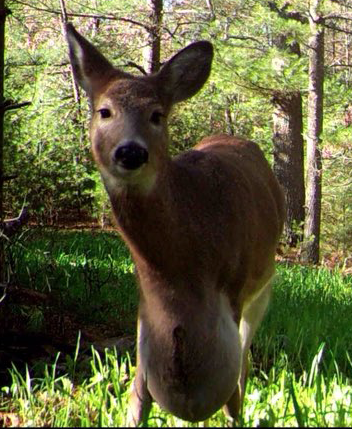
Often misidentified, those ugly growths called seromas are more of an eyesore than a serious health problem for deer — or hunters.
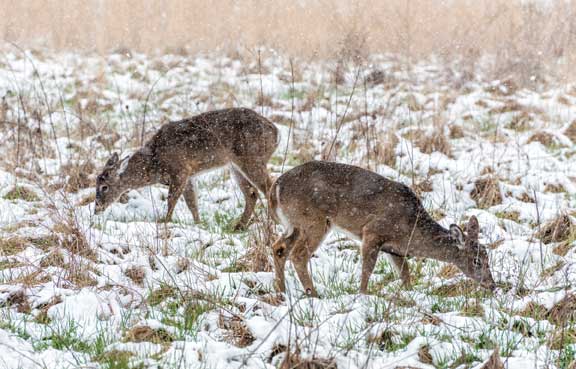
No matter the region, winter is an extremely stressful time for whitetails — even in the South. But while most of us think of January or February as being the most difficult months for deer — March is often the most stressful time of year.
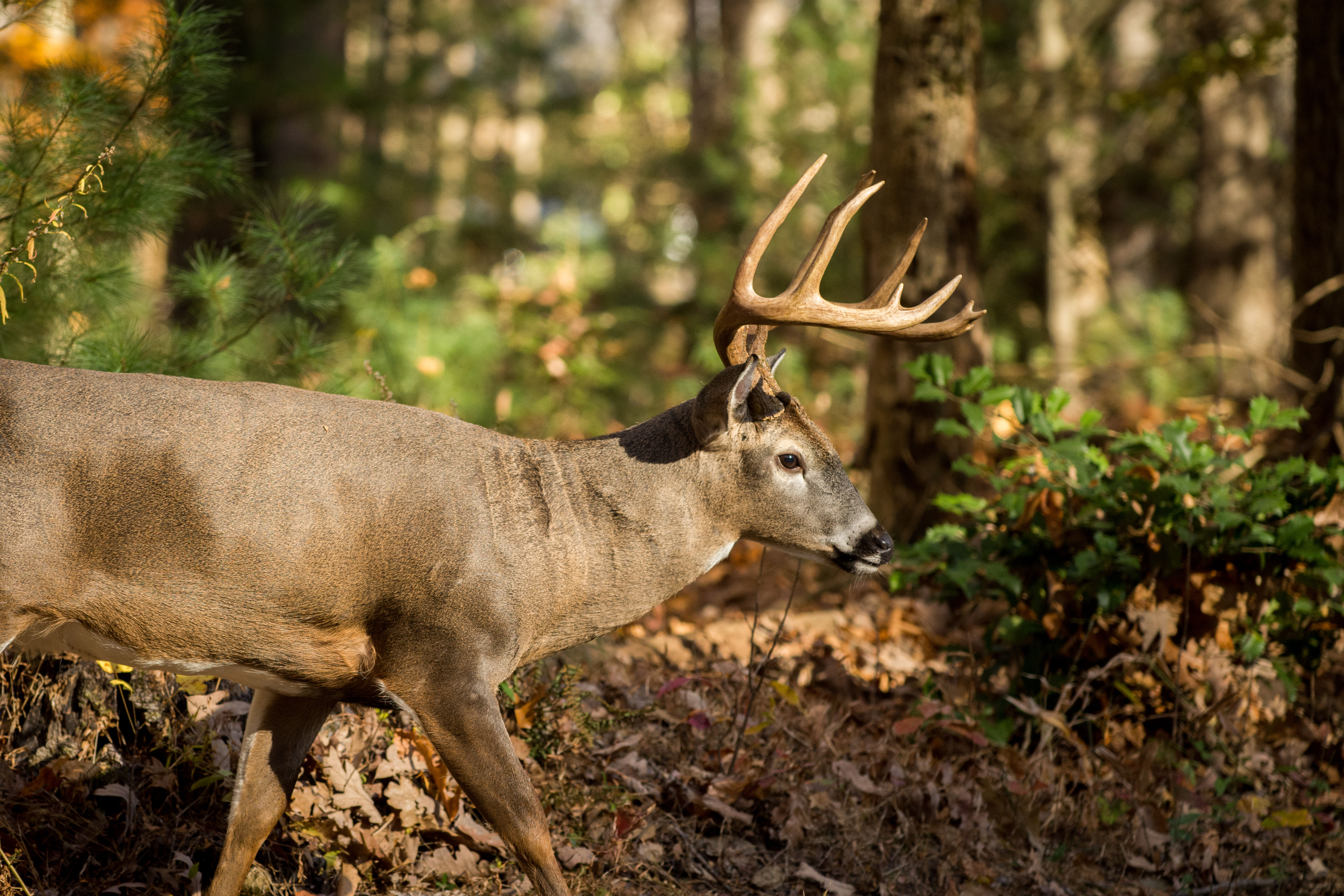
Timing the “drip rut” of the Southern whitetail breeding season differs from the Midwest and Northern predictions, but these suggestions can help you decide when to be in the stand.
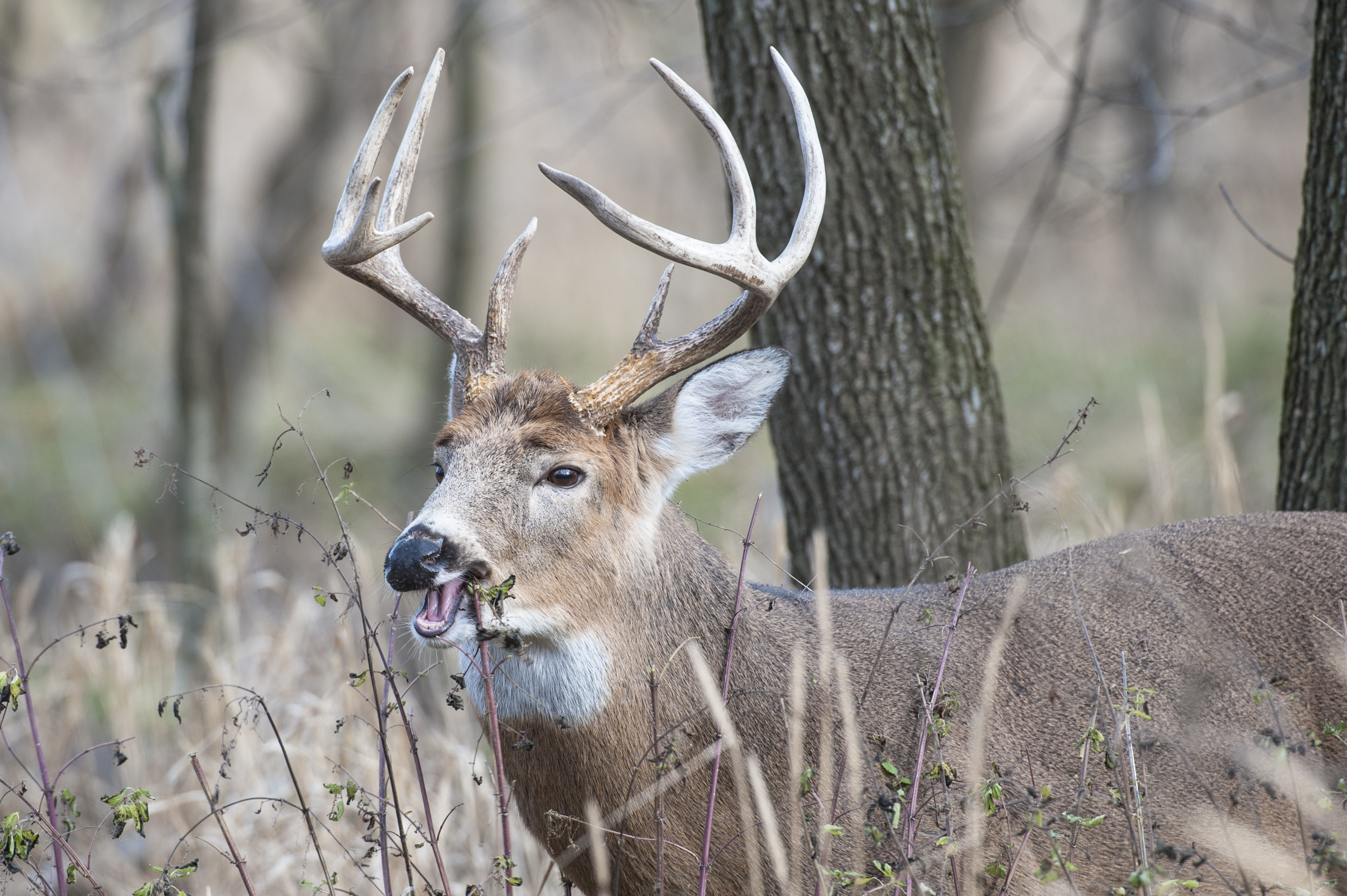
Many deer hunters are consumed with providing supplemental food and minerals to deer, but does this extra food boost help whitetails?

While most white-tailed bucks have somewhat symmetrical antlers, an injury to one of the deer’s extremities can drastically throw them out of balance.

Examining your deer from head to hoof can give you insights on the herd and may help you understand more about them and your management strategy.
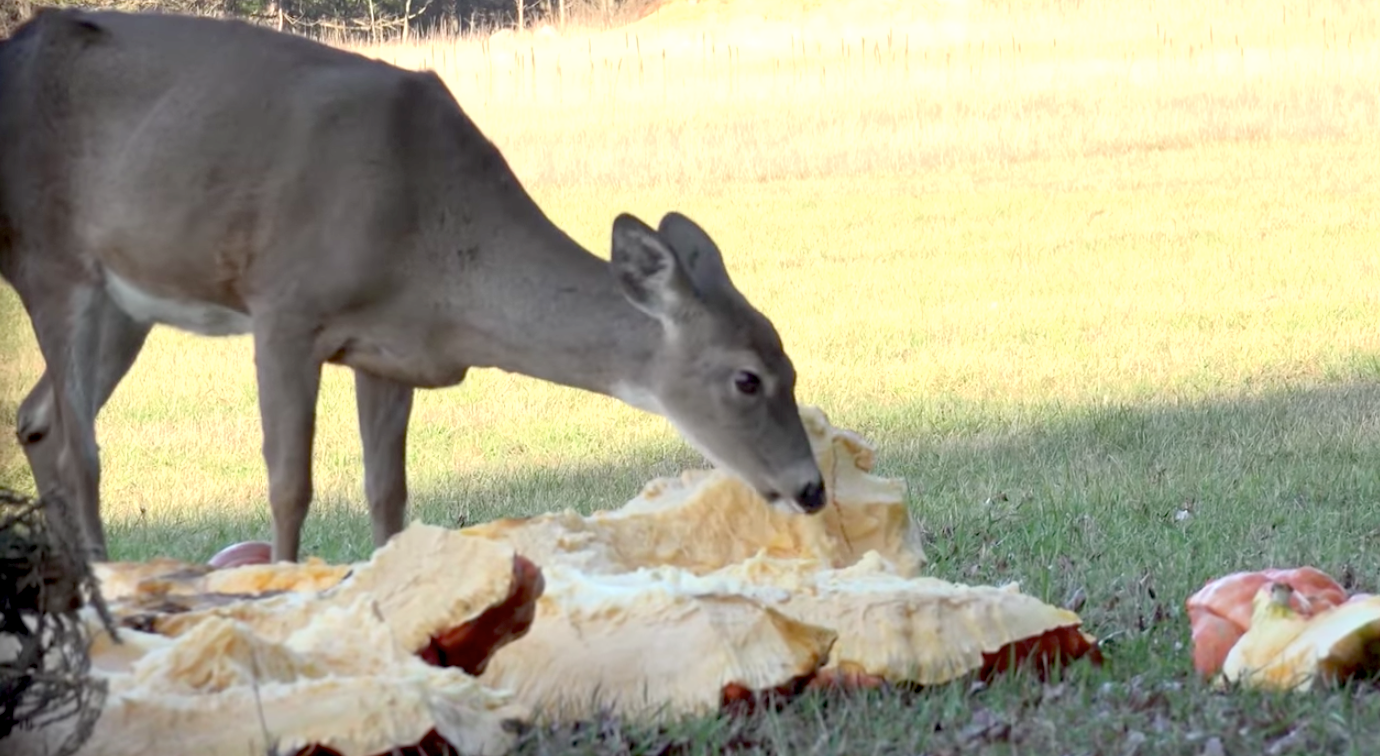
It’s a question hunters and land managers face and often discuss when talking about quality deer management: What is the true effect of baiting deer?

For scouting and hunting on public land, getting off the beaten path will protect your game cameras and also put you in a better position to hunt the well educated deer in the area.